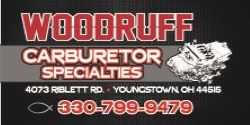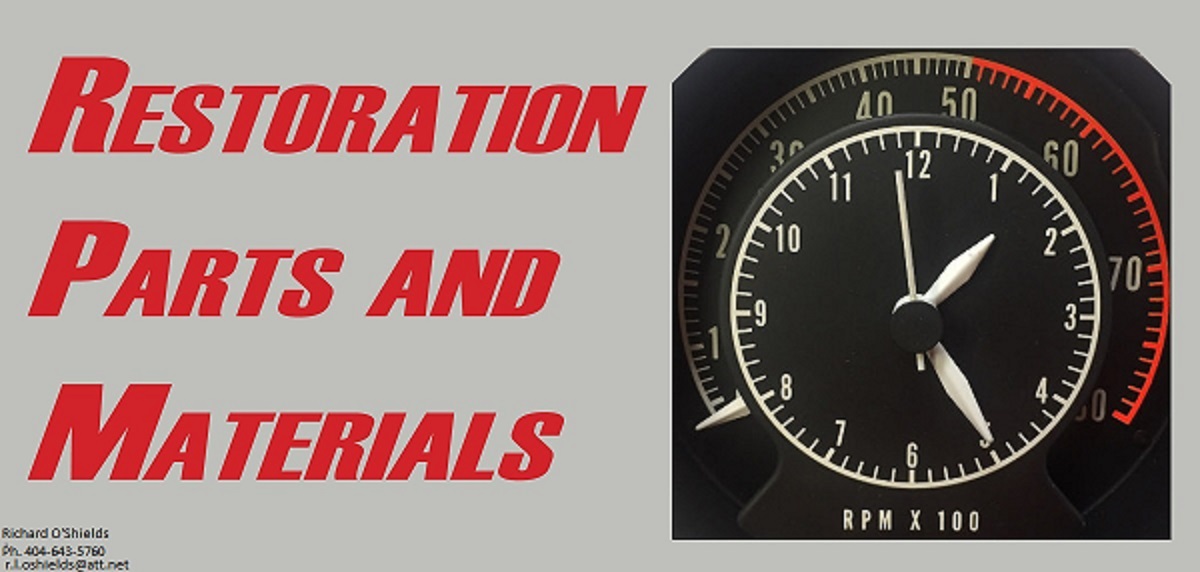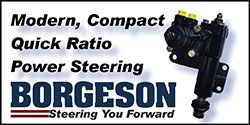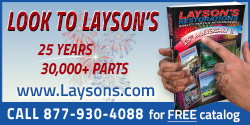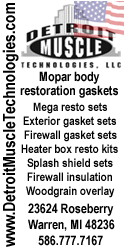Hello folks; I'm working on my 68 Fury three "Fast top" (?) I never heard that before, something my insurance agent told me when she deciphered the VIN).
Anyway; Both the power steering and power brakes feel like playing a video game console, you can turn the wheel with your pinky and doesn't center by itself well.
1. Steering geometry is reasonable when measured with the basics, components are fairly new and tight. It's been 30 years but I seem to recall a guy could change the pressure/relief on the pump?? Sound familiar?
Has anyone tried installing a universal steering stabilizer (glorified shock absorber)?
2. You sneeze on the brake pedal and it'll lock up all 4 drums. I haven't even looked at them yet but wondering if anyone tackled the same problem and had success?
I suppose 45 years ago I didn't mind the super sensitive power steering as much, with my arm over my girl friend's shoulder all the time.
I'd grateful for some wisdom. Thank you
Anyway; Both the power steering and power brakes feel like playing a video game console, you can turn the wheel with your pinky and doesn't center by itself well.
1. Steering geometry is reasonable when measured with the basics, components are fairly new and tight. It's been 30 years but I seem to recall a guy could change the pressure/relief on the pump?? Sound familiar?
Has anyone tried installing a universal steering stabilizer (glorified shock absorber)?
2. You sneeze on the brake pedal and it'll lock up all 4 drums. I haven't even looked at them yet but wondering if anyone tackled the same problem and had success?
I suppose 45 years ago I didn't mind the super sensitive power steering as much, with my arm over my girl friend's shoulder all the time.
I'd grateful for some wisdom. Thank you

